The Cleanroom Construction Process
The cleanroom multi stage construction process involves designing and constructing a space intended for handling hazardous materials, where contamination control is vital for health reasons and product quality.
An active cleanroom construction is designed to give those working within controlled environments more than they would normally, so they have a lower chance of contamination from the outside environment and less interference with processes.
While there are many types of cleanroom, the construction process is largely the same for all. The commercial builders in Sydney has developed a range of methods that can be used for this type of work, which will suit most budgets and requirements.
In this article, we’ll show the steps of a cleanroom construction process.
Measure the Space
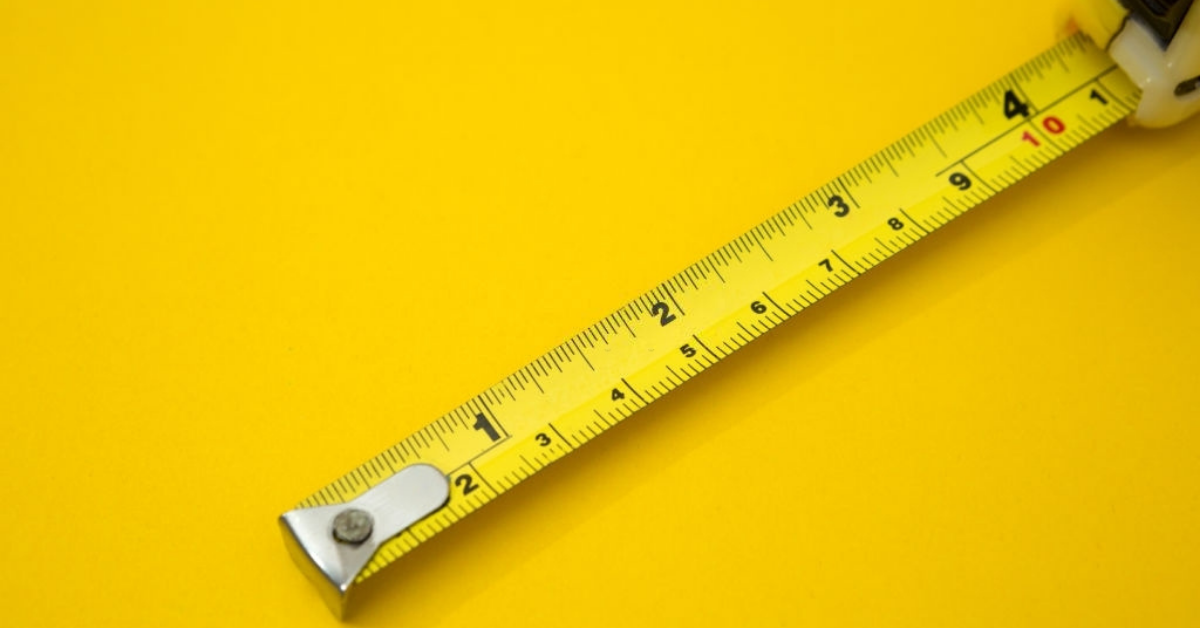
This step needs to be completed accurately, as any mistake could lead to significant costs. If anything is incorrect, it cannot be corrected without either starting over or purchasing materials that require extra construction time and money.
Once measurements are taken, they need to be compared against the supplier’s blueprints/specification sheets to ensure accuracy of the equipment ordered. Newer technology allows suppliers to make slight adjustments if measurements are incorrect after delivery.
However, if measurements are off by more than +/- three inches, new holes must be drilled, which adds time and money to the cleanroom construction process. If a cleanroom project is added to an existing space, it is important to note whether the room will need additional equipment.
For example, if a computer server room is converted into a Class 100,000 cleanroom, the necessary amount of cubic foot needed for installation must be provided. This information can usually be found in the existing building’s blueprints and/or on the supplier’s specification sheets.
Cleanroom Project Construction Tools
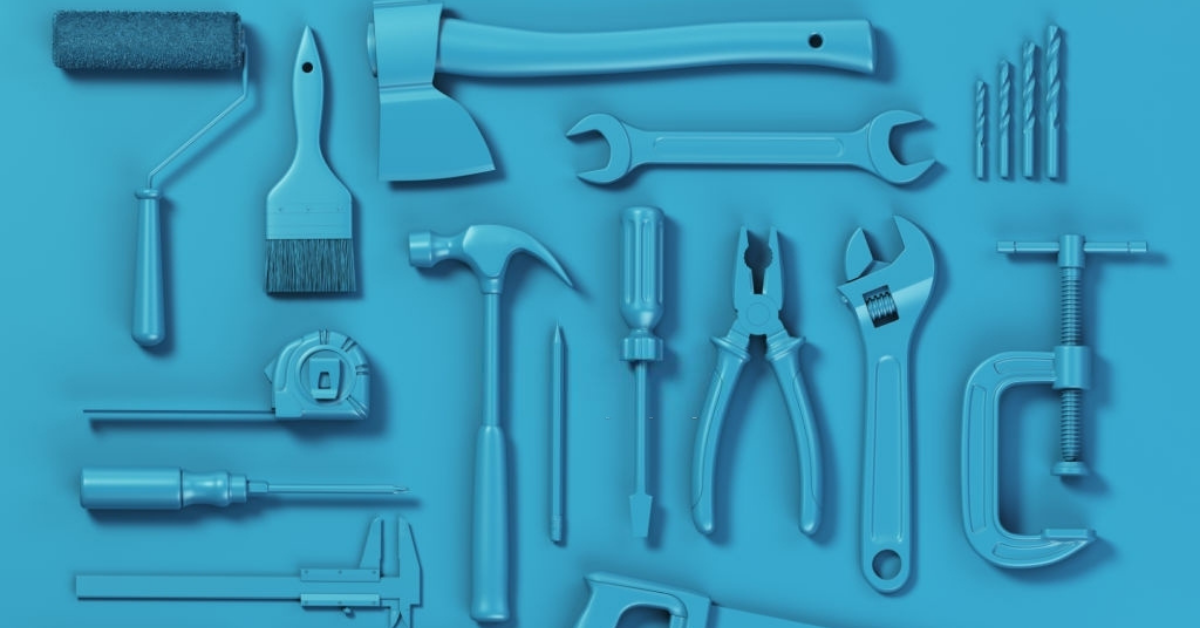
The cleanroom construction process requires many tools to ensure its success. The following is a list of the basic tools required during the entire project cycle: tape measure, laser tape measure, chalk line, screwdrivers (electric and manual), pliers (various types), adjustable crescent wrench, power drill with assortment of bits/attachments, wrenches (various sizes), nail punches or centre punch tool.
If possible, purchasing durable and designed for multiple uses will help reduce cost over time, as they can be used again by other workers, instead of each worker requiring their own equipment.
Tools may be purchased at local hardware stores or via online retailers, such as Bunnings.
Purchase Equipment and Building Materials

Once all measurements and proper documentation have been completed, suppliers can begin processing material orders and shipping them to the site. If preferred, materials may be shipped directly to the site. However, most companies opt for delivery straight to the job site, as this gives more control over how they are stored and organised.
Once materials arrive, they are placed in the designated off-loading area (i.e., backyard), where they can either remain or be moved to the storage area (i.e., another room, warehouse). Suppliers may charge for shipping materials directly to the site. However, some companies will absorb this cost, as their orders are extremely large, and large orders help keep construction costs down over time.
Most of the cleanroom construction requires 4-6 weeks of on-site storage space, which allows ample time for equipment/materials purchase and processing before installation begins. The larger a company’s buyer power, the more likely it is that their prices will remain competitive throughout the cleanroom project cycle, because suppliers try to please high volume customers.
Organise the Off-Loading/Storage Area
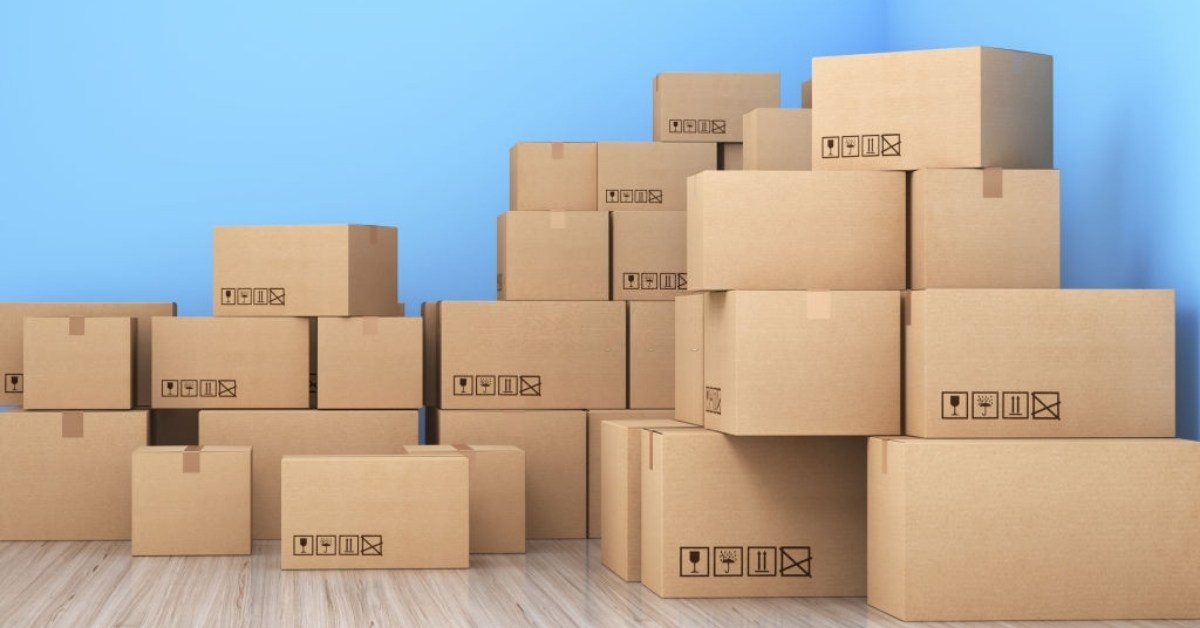
During this stage of cleanroom construction, workers must prepare the off-loading area where materials will be stored. This involves moving objects to designated storage areas to accommodate incoming deliveries. Pickup trucks and forklifts are ideal for heavy material transport. Once materials are moved, workers can leave the area ready for future deliveries.
Steps in Assembling a Cleanroom Design, Construction Process and Maintenance
Once all the materials and equipment have been delivered to the site, the next step in the cleanroom construction process is to ensure each piece is assembled properly and well maintained after the project is completed.
Here are the steps to serve as your guide for your Cleanroom Construction Process:
Install Cleanroom Flooring
The floor of a cleanroom is an important component to consider when designing. It should be able to withstand the chemicals used by the cleanroom facility, and must be easy to clean.
During construction method, workers install the floor using either concrete or interlocking tiles. A modular cleanroom construction projects, creates easy-to-replace tiles that are easy to clean and disinfect between uses. Once installed, workers should be able to move heavy equipment over the surface without difficulty.
Install Cleanroom Walls
Walls in a cleanroom help create a controlled environment. This means walls should have a low risk of disrupting cleanroom. Many cleanrooms use metal wall panels because they are easy to clean and disinfect between uses. The material should withstand chemicals used in the cleanroom facilities for a long time, without rusting or corroding.
During assembly, workers install wall panels along designated locations using mounts or bolts. Once installed, they can block outside pollutants from entering the space.
Install Cleanroom Ceilings
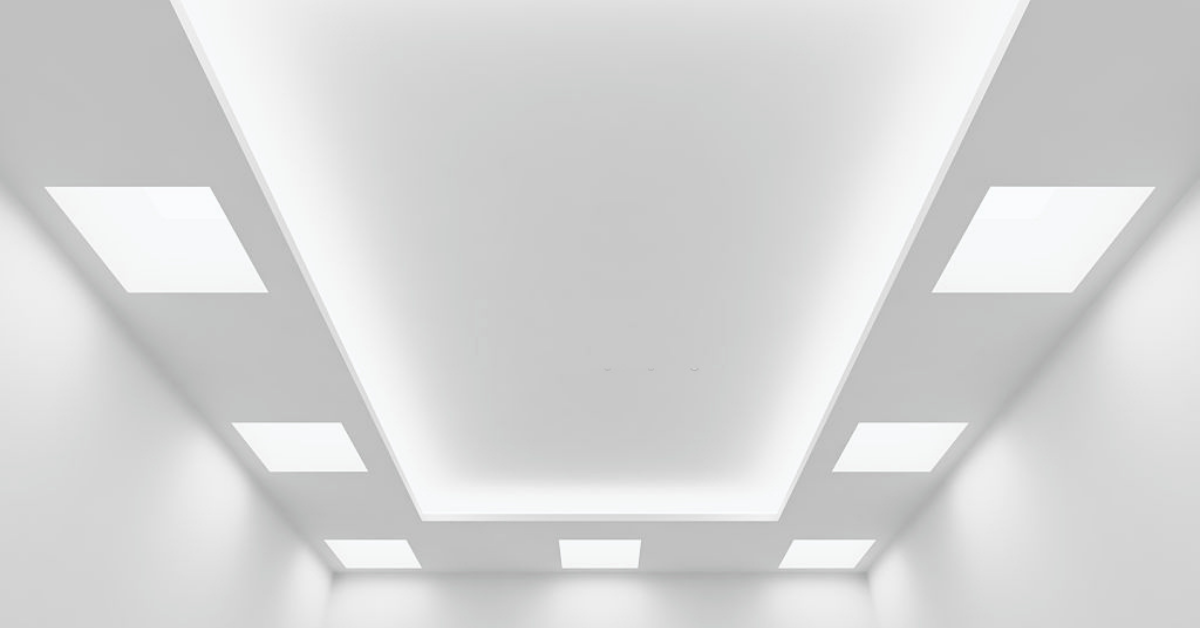
Cleanrooms need a ceiling to protect against particulate matter entering the space from above. Ceiling panels can be installed at different heights, depending on individual preferences and cleanroom facility needs. Different lighting options also exist (i.e., overhead fluorescent lights). Workers can install and finish ceilings according to construction project specifications.
Install Cleanroom Doors
A cleanroom door is a primary access point for personnel, so it must fit well with other design elements and provide sturdy weatherproofing.
Cleanrooms should provide easy access for people of all heights and weights. Workers can use hydraulic power and manual systems to ensure the door opens and closes easily. The colour should provide a good contrast against the wall, so employees can easily identify it.
The highest traffic doors require two doors placed back-to-back, creating an airlock for easy exit and entry. Cleanroom doors must meet openings and thickness requirements outlined in the project specifications.
Install Equipments
Once a cleanroom design process is complete, workers can install equipment required by the facility. If the space will be used for industrial purposes, this may include special air systems filter and equipment from large-scale construction companies. Once installed, owners can begin using their facilities and running operations to prepare for future customers.
Install lighting systems

When designing a cleanroom, workers should consider different lighting options. Cleanrooms that use hazardous chemicals may require bright lights to ensure safety measures are followed at all times. Industrial facilities may require blue-lights, because they don’t interfere with digital devices used in the space. Accordingly, facility owners can choose from multiple illumination options designed to provide the best advantage.
Install electrical systems
A safe cleanroom construction should be electrically safe. Electrical equipment should meet all safety requirements outlined in the project specifications. Workers should also remember environmental hazards to ensure employees can work without fear of electrocution or other injuries caused by poor-quality installations.
Facilities must have their own power supply, so owners should consider backup options, as well as alternative sources during periods of high use or repair work on primary systems. Once the system is complete, the final inspection and testing process ensures everything works correctly before opening for operations.
Install fire protection systems
A cleanroom design may incorporate a smoke or heat detector system that can detect smoke before an emergency occurs. This is especially important in industrial facilities, where the smallest spark to ignite hazardous chemicals could have disastrous consequences.
Systems should meet all safety and environmental standards, as well as installation specifications outlined by the facility server. Once complete, owners should conduct testing and inspection processes to ensure everything is working correctly. These preventative measures protect both employees and equipment against malfunctions from poor-quality equipment.
Install plumbing and piping
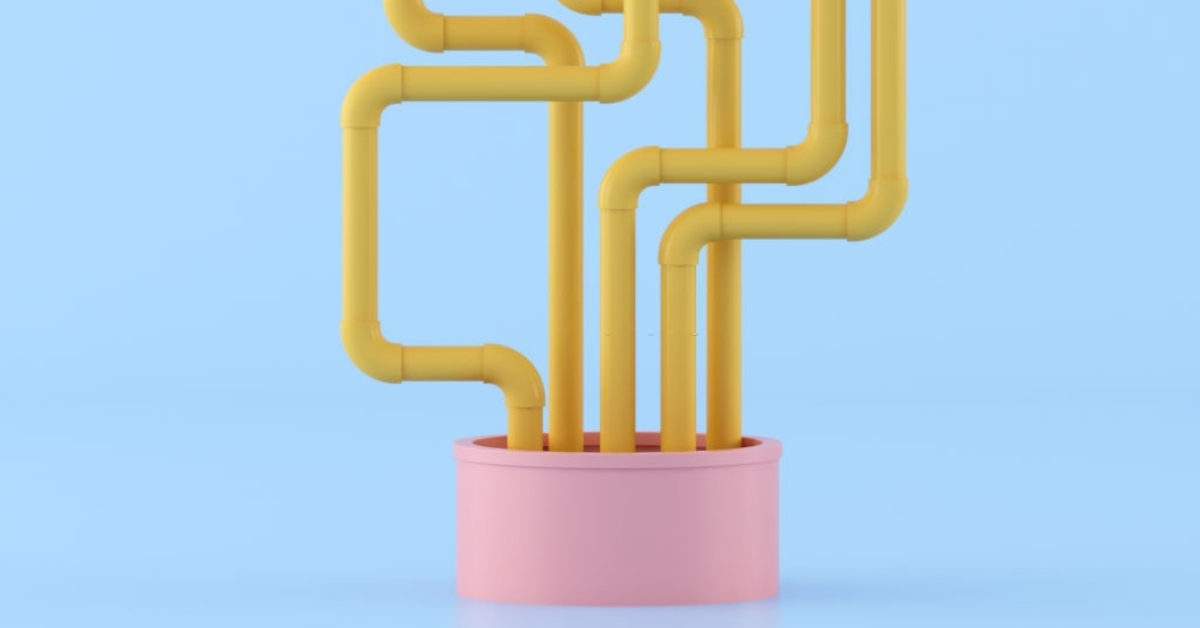
A cleanroom’s plumbing system is designed to handle waste disposal, as well as water and air systems. Piping and drains must meet the specifications outlined in the project documents.
Workers should ensure that pipes are properly insulated against temperature changes during installation, since this may affect their performance. Contractors can install pipes with a 100-percent leak rate for maximum safety.
Install Sanitation Systems
Cleanrooms require chemicals and disinfectants to prevent pathogens from entering existing spaces. Workers can install plumbing connections that allow easy access during daily cleaning service operations.
Other sanitary features, such as drains, scrubbers, safety glasses, sticky mats, steam generators, and standard personal protective equipment, may be necessary, depending on individual facility needs. The project specifications should outline what type of sanitation equipment is required.
Install HVAC Systems
Once a cleanroom construction is completed, workers can begin installing HVAC systems for the facility. These may include air conditioning and fans used to regulate air flow, as well as heating or cooling units depending on climate conditions in the area. These need to be outfitted with the proper exhaust and intake points, as outlined in the cleanroom design specifications.
Test HVAC Systems
After installing HVAC systems, workers must check the airflow in the space. One method is with an air velocity measuring device, which can measure how fast air enters and exits the cleanroom.
This data will help determine if fans are configured correctly to keep the facility at optimal humidity levels. Overall, this process takes approximately 15 minutes.
Take over, testing and maintenance
Once a cleanroom construction is completed, employees can take over, test and maintain it. These processes should be conducted with the utmost care to ensure that equipment operates correctly.
Workers may regularly conduct inspections to ensure everything is in working order from day-to-day operations. Conduct daily and hourly cleanups using vacuums, and start using a daily cleaning service.
There should be no unnecessary trash or debris in the cleanroom area, and you should use multiple rugs as well as sticky mats to prevent dirt from entering. If anything malfunctions during this period, workers should immediately address the problem before further damage occurs.
Perform Commissioning Tasks
Commissioning tasks are necessary to ensure that a compliant facility operates correctly and to its full potential. This includes testing and re-testing of HVAC systems, sanitation equipment, and lighting systems. It also involves training facility employees on proper procedures for maintaining future cleanroom conditions.
Finally, these tasks can include activating switches, testing electrical equipment, and turning on the power to run basic operations. This process typically takes less than one hour.
Conduct Quality Assurance Tests
These tests are used to ensure compliance with building codes and fire safety measures. This includes testing emergency lighting equipment, as well as other types of electrical equipment necessary for daily operations. Testing should occur multiple times per day and may be conducted by facility workers or third-party service providers.
Inspect the Facility
Due to the nature of a cleanroom, there will always be a need to conduct inspections every six months. This ensures the space operates according to the specifications outlined in the initial construction project plan. Owners should consult the future cleanroom design specifications to determine inspection requirements.
Close Down
Once a day’s work is completed, facility workers must close down the cleanroom space. This includes turning off power to HVAC systems and sanitation equipment, as well as locking doors to keep unauthorized personnel out. Workers should follow proper procedures for cleaning up after themselves and ensuring the space is ready for use the following day.
Conclusion
Cleanroom facilities are enclosed space equipped with the necessary devices to ensure ideal operating conditions. The construction management process for these facilities can be difficult and time-consuming, but it is ultimately worthwhile considering the benefits of maintaining optimal air cleanliness in a facility.
The construction time will depend on multiple factors, including the size and complexity of the facility, as well as the cleanroom panels used.
Generally speaking, construction can take anywhere from one to three months to complete, plus the possibility of increasing construction costs, with smaller spaces generally taking less time than larger ones. It is important that workers follow all requirements for a cleanroom area outlined in their initial specification document.
